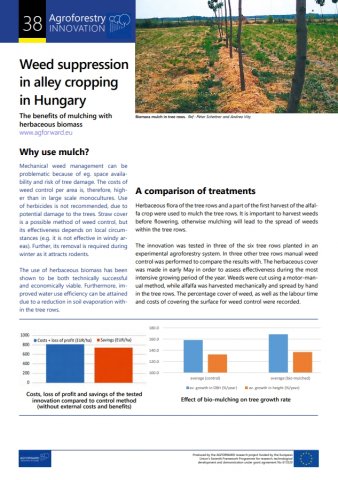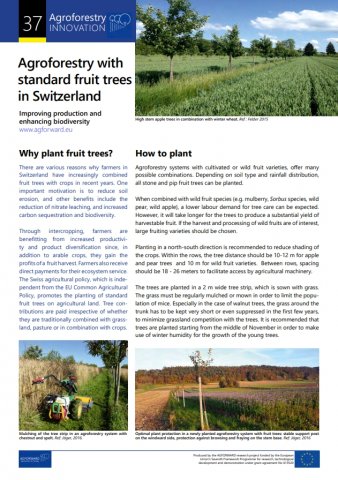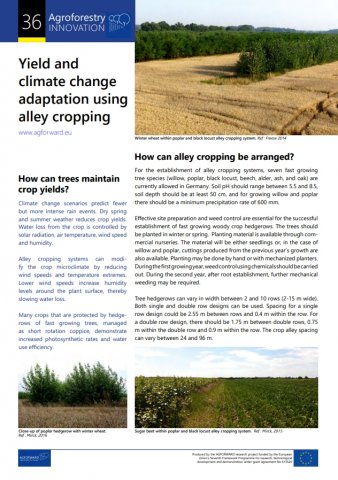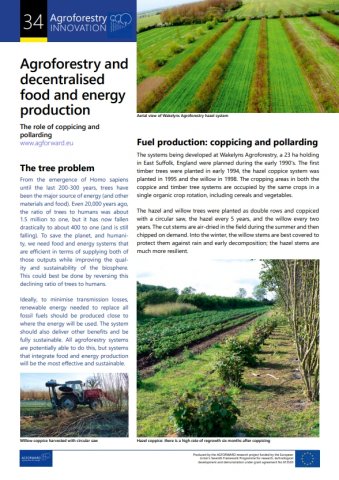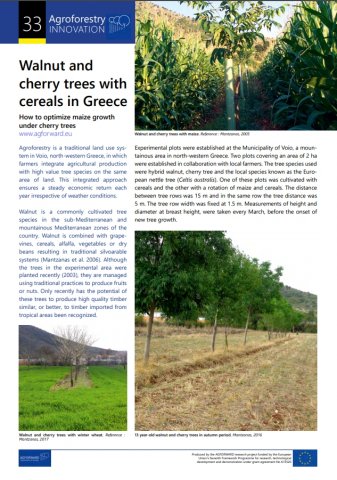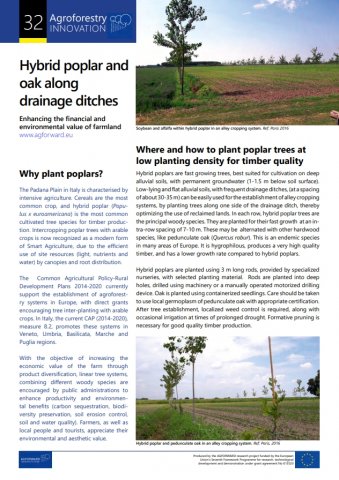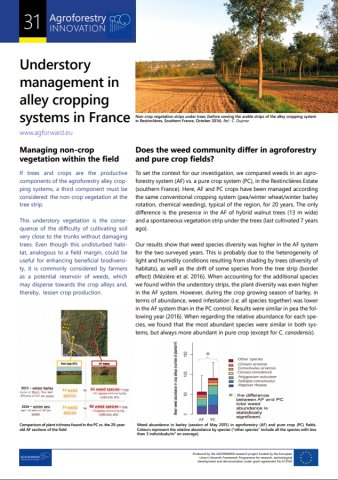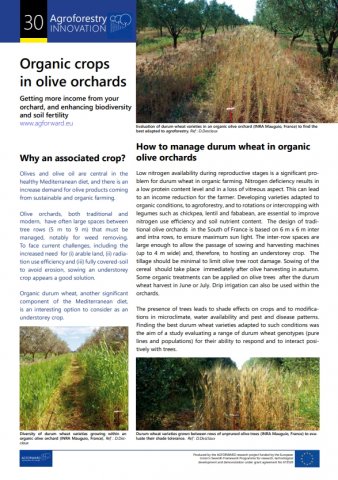Why use mulch?
Mechanical weed management can be problematic because of eg. space availability and risk of tree damage. The costs of weed control per area is, therefore, higher than in large scale monocultures. Use of herbicides is not recommended, due to potential damage to the trees. Straw cover is a possible method of weed control, but its effectiveness depends on local circumstances (e.g. it is not effective in windy areas). Further, its removal is required during winter as it attracts rodents.












